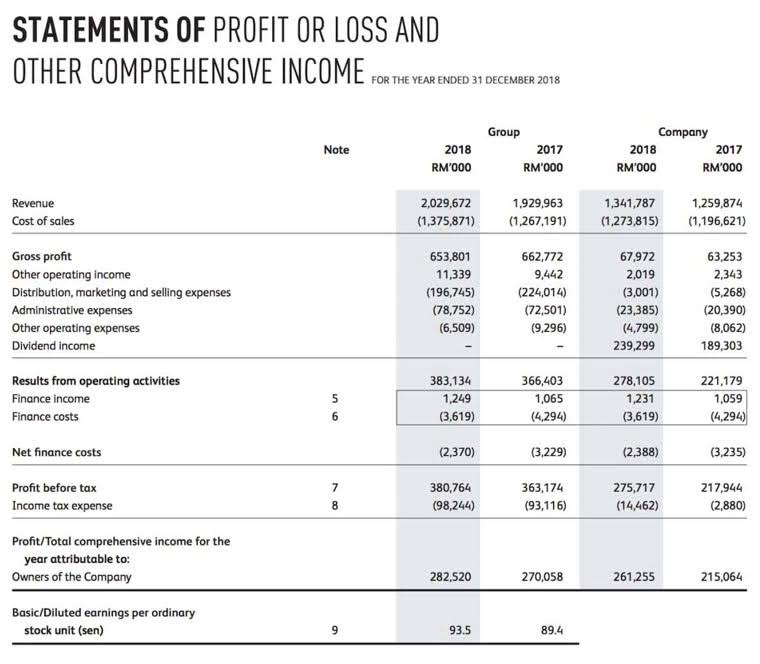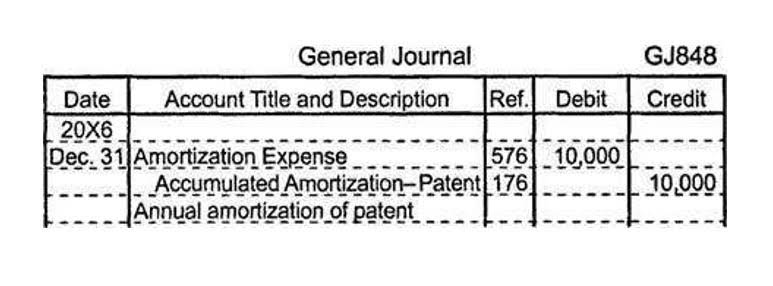Average Gym Owner Expenses per Month

Additionally, other KPIs like customer churn rate, revenue growth rate, and profit margin are essential for assessing overall financial performance and identifying areas of improvement. Employers are required to withhold income taxes from their employees’ wages and remit them periodically along with employer-paid taxes like Social Security and Medicare contributions. Accurate calculation of these taxes as well as proper filing and timely remittance demonstrate compliance with tax regulations. It is also important to consider any discounts or promotions offered to potential members when recognizing revenue. If a discount is provided upfront but spread over several months through reduced monthly payments, it must be properly accounted for during that period rather than recorded entirely at once.
- Generally, the IRS doesn’t allow pretax dollars in HSAs or FSAs for gym memberships.
- A fixed expense stays the same from month to month—the amount due and the frequency of your payment don’t typically change.
- Since many trainers don’t own their own fitness facilities, they often require a gym to meet with clients.
- The Court states, expenses such as haircuts, makeup, clothes, manicures, grooming, teeth whitening, hair care, manicures, and other cosmetic surgery are not deductible.
- Because these expenses are more fluid, variable spending typically requires active management in a budget.
Rule Two: Embrace Your True Expenses
Another side effect of reviewing all of your fixed expenses might be that you start seeing some overlap. If you’ve got subscriptions to Netflix, Hulu, Sling, and MAX, cutting just one of Bookkeeping for Veterinarians those services might make sense if you’re looking to trim your fixed expenses. Whilst gross margin (after variable costs) is close to 100% (mostly payment fees), EBITDA margin can go up to 15-20% depending on the gym. It costs on average $37,000 – $49,500 per month to run a gym with 12 employees (incl. part time trainers). See more on how much it costs to open and run a gym in our complete guide here. ZipRecruiter says that the annual average salary of a gym owner in the US is $69,794.
- Following these practices enables gym owners to maintain transparent financial records and make informed decisions regarding business operations and growth strategies.
- Understanding the specific chart of accounts tailored to gyms is important in order to capture relevant data accurately.
- For example, if utilities costs are significantly higher than projected, energy-saving measures or negotiation with service providers may be required.
- When setting up a budget for your gym business, it is crucial to consider essential costs.
- By actively managing your budget, you can optimize your monthly expenditure and increase profitability.
- While insurance premiums can be a significant expense, the peace of mind and financial protection they offer make them an essential investment.
Download our Free “Know Your Money Macros” Worksheet HERE
The IRS allows deductions for business expenses that are “ordinary and necessary” for the business. However, gym memberships typically fall into the category of personal expenses, and personal expenses are generally not deductible. It’s essential to understand and fulfill all tax requirements, including income tax, sales tax, payroll tax, and any other applicable taxes. Consulting with a tax professional who specializes in the fitness industry can ensure compliance with tax laws and help identify any potential deductions or credits that can lower the overall tax burden. By effectively managing tax obligations, gym owners can avoid penalties and maximize after-tax profits, contributing to the overall financial success of their business. When setting up a budget for your gym business, it is crucial to consider essential costs.

Friends don’t let friends do their own taxes. Share this article!

Regularly reviewing and updating the cash flow forecast is important to ensure that your gym has enough cash on hand to meet its obligations and capitalize on new opportunities. Our suite of security features can help you protect your info, money and give you peace of mind. See how we’re dedicated to helping protect you, your accounts and your loved ones from financial abuse. Also, learn about the common tricks scammers are using to help you stay one step ahead of them.

Learn how to create a gym budget, how to create a gym sales forecast, how to negotiate a gym lease, how to get the best gym insurance, and how to get a gym loan with our free guides. Tracking and analyzing financial performance is crucial for gym owners to optimize profitability. Utilizing financial management software or partnering with accounting professionals can help streamline this process and provide valuable insights into the gym’s financial health. By staying on top of their financial performance, gym owners can proactively address any issues, capitalize on opportunities, and achieve long-term financial success. In most cases, gym memberships are considered personal expenses and are not tax-deductible in Canada. Due diligence, proper documentation, and professional advice are key to navigating these potential deductions responsibly and effectively.
Fixed costs for a gym business include rent, insurance and salaries, while variable costs include utilities, supplies, and equipment repairs. Efficiently managing gym operations requires the use of software and technology. Gym owners need to budget for expenses related to membership management systems, scheduling software, point-of-sale systems, website maintenance, and other technology solutions. Investing in these tools can streamline various processes, such as tracking memberships, scheduling classes, processing payments, and managing inventory. While these expenses may seem substantial, the time and cost-saving benefits they provide can greatly enhance efficiency and improve the overall member experience. One of the key skills that gym owners need to master is budgeting and managing finances effectively.
When Gym Membership Qualifies as a Medical Deduction
- Gym owners must strive for meticulous record-keeping and ensure compliance with legal requirements in order to create a smooth and efficient payroll system that benefits both employees and the business as a whole.
- Yes, if your doctor prescribes exercise for a medical condition, the cost of the gym membership may be deductible as a medical expense, but only if the expense exceeds 7.5% of your adjusted gross income.
- Living your budget may mean rethinking wants versus needs to avoid overspending.
- Classes or events to better your skills or expand your industry knowledge are fully tax-deductible.
Of course, the profit margin for your gym and fitness club will depend on factors like location, facility size, type of gym, and various other factors. 3 Please note that funds relating to Currencycloud’s services are not FDIC insured or protected by the Visa Zero liability protection policy. In regards to Currencycloud’s services when funds are posted to your account, e-money is issued in exchange for these funds, by an Electronic Money Institution who we work with, called Currencycloud. This means that the money behind the balance how is sales tax calculated you see in your account is held at a reputable bank, and most importantly, is protected for you in the event of Currencycloud’s, or our, insolvency.
Fixed Expenses

Understanding IRS Section 162, which defines ordinary and necessary business expenses, ensures compliance with standards. Budgeting for variable expenses can be more challenging, as you may not be able to pinpoint exactly how much they’ll add up to from one month to another. If you’re not tracking variable expenses regularly, it could be very easy to under- or overestimate how much of your budget you should allocate to them. This is something you can easily do with a budgeting app, however, which can minimize the odds of variable expenses sideswiping your spending plan. If you do that consistently and include it as a line item in your budget, you may technically consider it to be a fixed expense if you don’t deviate from your savings habit.
Can I deduct sports expenses on my taxes?
Target the existing gym members and introduce an online shop to expand the reach. Familiarize yourself with IRS Publication 502 for medical deductions or consult Publication 535 for business-related expenses. A tax professional can help you determine eligibility and maximize your deductions. A tax advisor familiar with IRS guidelines can help evaluate the deductible portion, ensuring accuracy and compliance. This is particularly useful in complex scenarios, such bookkeeping for personal trainers as shared gym facilities with business partners or employees.

Leave a Reply
Want to join the discussion?Feel free to contribute!